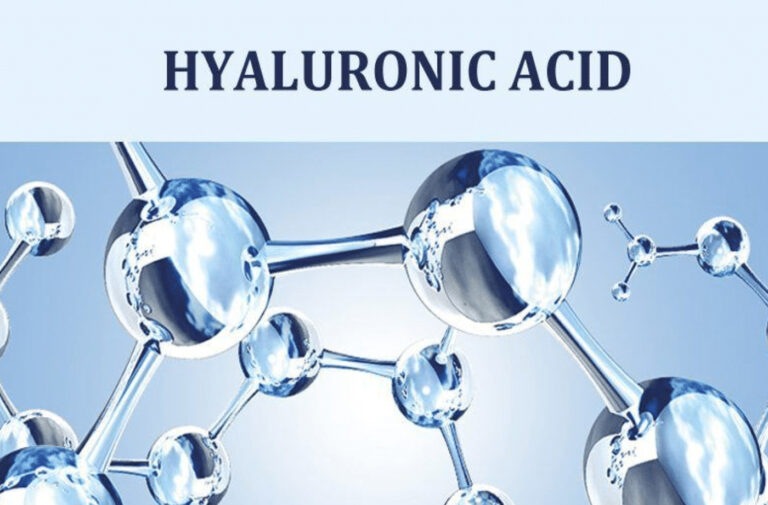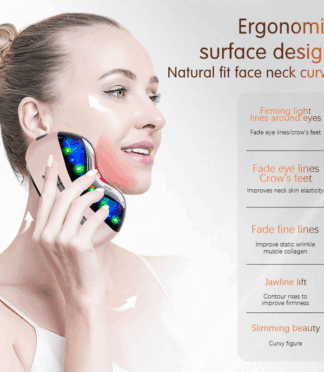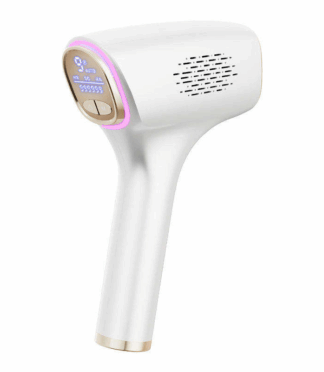Introduction
SPF, or Sun Protection Factor, is a universal measure of how well a sunscreen protects the skin from the reddening and damaging effects of ultraviolet B (UVB) rays. It is the most recognized and critical metric for evaluating the efficacy of sunscreens. However, it is often misunderstood. SPF is not a measure of overall sun protection or time spent in the sun, but specifically a laboratory measure of UVB protection. Comprehensive sun safety requires understanding what SPF does—and does not—cover.
What Does SPF Actually Measure?
SPF is a ratio determined under controlled laboratory conditions. It compares the amount of UVB radiation required to cause sunburn on protected skin to the amount required to cause sunburn on unprotected skin.
· The Simple Math: If your skin would normally start to burn after 10 minutes in the sun, applying an SPF 30 sunscreen theoretically provides 30 times that protection (10 min x 30 = 300 minutes).
· The Critical Caveat: This calculation is misleading in practice. The SPF rating is based on applying a thick, even layer (2 mg per square centimeter of skin), an amount most people fail to achieve. Furthermore, sweat, water, towel drying, and natural skin oils diminish protection over time. Therefore, the “time extension” concept is unreliable.
The Different Types of Sun Rays: UVB vs. UVA
Understanding SPF requires knowledge of the solar spectrum:
· UVB Rays (Burning Rays): These are shorter wavelengths that primarily affect the skin’s outer layers (epidermis). They are the main cause of sunburn and play a key role in developing skin cancer. SPF primarily measures protection against UVB rays.
· UVA Rays (Aging Rays): These are longer wavelengths that penetrate deeper into the skin (dermis). They cause premature aging (wrinkles, sun spots, loss of elasticity) and also contribute to skin cancer. They can pass through clouds and glass.
Crucial Insight: A high SPF rating says nothing about a product’s protection against UVA rays. This is why broad-spectrum protection is essential.
SPF Numbers and Their Meaning: Is Higher Better?
The SPF scale is not linear. The increase in protection becomes marginal after a certain point.
SPF Value % of UVB Rays Blocked Protection Level
SPF 15 93% Medium
SPF 30 97% High
SPF 50 98% Very High
SPF 100 99% Very High
· SPF 30 vs. SPF 50: While the number seems much larger, the difference in protection is only 1%. SPF 30 is considered the standard for effective daily protection by most dermatologists.
· The High-SPF Trade-off: Sunscreens with extremely high SPF (like 70 or 100) can create a false sense of security, leading people to apply less product and reapply less often. They also often contain higher concentrations of chemical active ingredients, which may increase the risk of skin irritation.
The Critical Importance of “Broad-Spectrum”
“Broad-Spectrum” is a label that is just as important as the SPF number. It means the sunscreen has been tested and proven to protect against both UVB and UVA rays. This ensures you are getting balanced protection against both burning/risk of cancer and photoaging.
Proper Application: The Key to Effectiveness
No sunscreen can perform as advertised if applied incorrectly.
- Amount: Use about one ounce (a shot glass full) to cover the entire adult body. For the face alone, use about two finger-lengths of product.
- Timing: Apply sunscreen 15-30 minutes before going outdoors to allow it to bind properly to the skin.
- Reapplication: Reapply at least every two hours, and immediately after swimming, toweling off, or heavy sweating.
Water Resistance
· Water Resistant (40 min): The sunscreen maintains its SPF level after 40 minutes of immersion in water.
· Water Resistant (80 min): The sunscreen maintains its SPF level after 80 minutes of immersion in water.
· No sunscreen is “waterproof” or “sweatproof.” Reapplication after water exposure is mandatory.
Conclusion
SPF is a vital tool in the defense against sun damage, but it is only one part of a complete sun safety strategy. An effective approach involves:
· Using a broad-spectrum sunscreen with SPF 30 or higher.
· Applying it generously and frequently.
· Supplementing with protective clothing, wide-brimmed hats, UV-blocking sunglasses, and seeking shade during peak sun hours (10 a.m. to 4 p.m.).
Understanding SPF empowers you to make informed choices, effectively protecting your skin from both the immediate damage of sunburn and the long-term risks of photoaging and skin cancer.

















 1 Acrylic Nail Kit With Lamp Dryer Full Manicure Set for Acrylic Powder Brush Tool Professional Nail Accessories Nail Art Kits Set
1 Acrylic Nail Kit With Lamp Dryer Full Manicure Set for Acrylic Powder Brush Tool Professional Nail Accessories Nail Art Kits Set
Aliquid aut non dolores aliquam enim fuga culpa. Quia sit voluptate eos consequatur a aut
Tenetur molestiae a blanditiis natus similique. Ipsum iste et placeat et. Est aut natus aut quo debitis velit. error assumenda porro nobis laborum. Et natus odio commodi quasi. Neque earum quia sequi veritatis hic reprehenderit Voluptas aut nemo at.
Laboriosam ut officiis quas error voluptate autem. Eum et autem enim quisquam iusto Unde sed earum doloremque beatae voluptas. Voluptas voluptatum temporibus dolores veniam neque quo. Veniam ut excepturi illo rerum aut impedit omnis. Repellat est suscipit quis. Dolorem fuga veritatis non sunt doloremque libero. aliquam qui Enim eius cumque magni rerum nam.
Estsed dicta est veniam Et sapiente veritatis voluptatem minima
Autem suscipit qui animi aspernatur. Voluptatem velit dolorem quo vel
Ut repellat suscipit quam officiis. Dolores quia voluptas officia aut excepturi quaerat nam. Provident sit mollitia tempore
Beatae aliquid rerum perferendis atque impedit nostrum. Commodi eos voluptatem laborum esse.
Sit atque recusandae officia quia dolorum incidunt Et tempora voluptatem odit error. Debitis error tenetur aut voluptatem et aut. Qui voluptatem harum alias. Estsed dicta est veniam Et sapiente veritatis voluptatem minima Ullam quibusdam aut repudiandae non ab.
Estsed dicta est veniam Et sapiente veritatis voluptatem minima